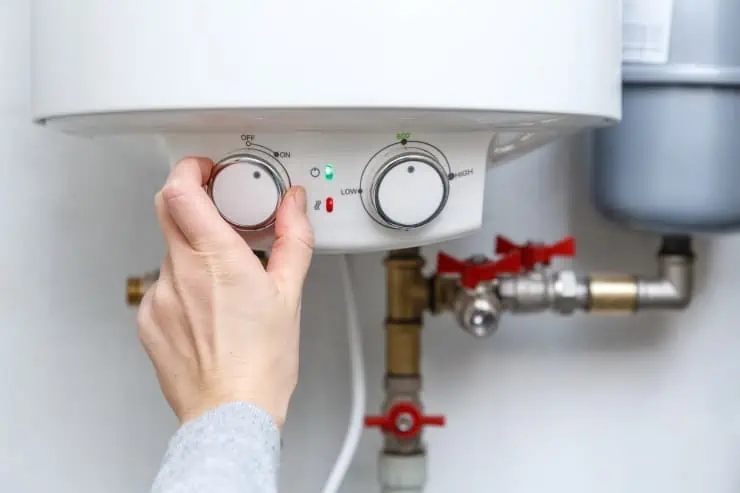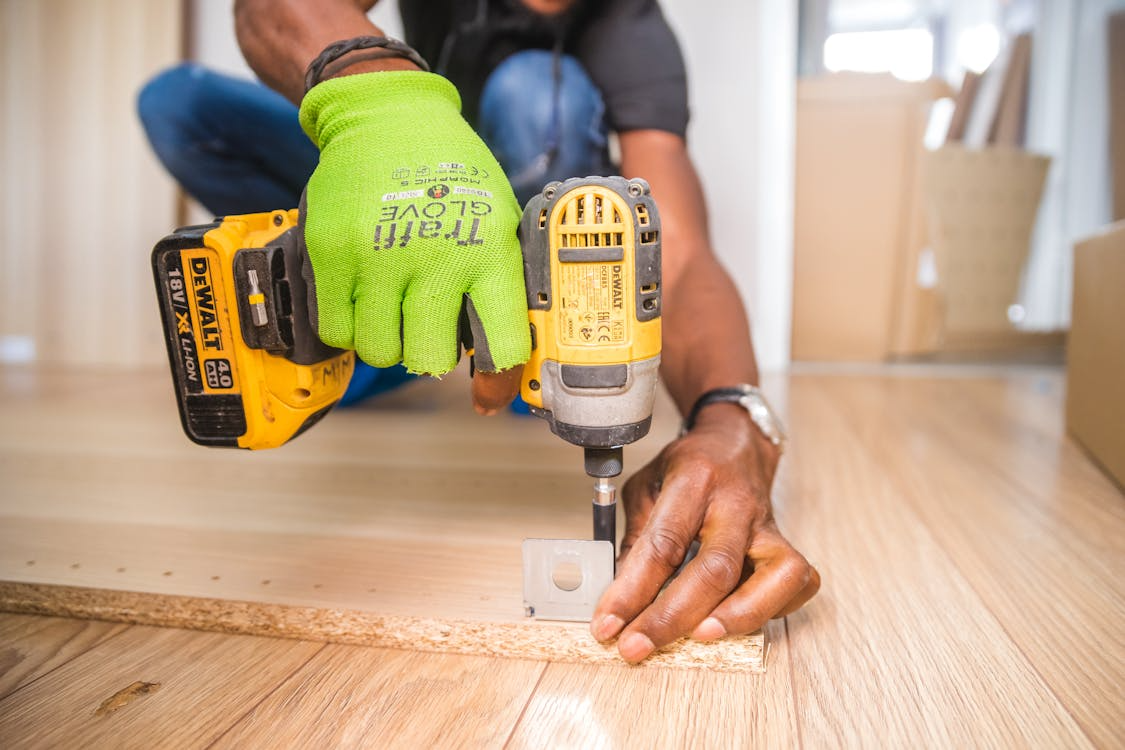Few things are as frustrating as turning on the tap expecting a warm shower, only to be greeted by a blast of cold water. If your hot water suddenly stops working, don’t panic! There are a few reasons why this might happen, and with a little troubleshooting, you can often figure out the issue. In this guide, we’ll explore some of the common causes of cold water in your home, steps you can take to resolve them, and when it might be time to call in a professional.
Step 1: Check Your Hot Water System
The first step is to take a look at your hot water system, as it’s often the main culprit when water runs cold unexpectedly. In Australia, one popular brand known for reliable performance is Rheem hot water, but even the best systems can encounter occasional hiccups. Regardless of your system’s brand, checking it for any obvious issues is a good place to start.
Common Issues with Hot Water Systems
Hot water systems come in several types, including electric, gas, solar, and heat pump systems. Each type has unique components and functions, so the troubleshooting steps might differ. Here are some common issues to look out for:
- Power Supply: If you have an electric water heater, make sure it’s properly connected to the power supply. A tripped circuit breaker or blown fuse might be the reason your system isn’t working.
- Gas Supply: For gas systems, check the gas supply. If there’s an issue with the gas connection, you might notice a reduction in the flame or complete absence of it.
- Thermostat Settings: Sometimes, the thermostat on the water heater may be set too low, resulting in lukewarm or cold water. Adjust the thermostat and wait to see if it makes a difference.
Step 2: Inspect the Water Heater for Visible Damage
After checking the power or gas supply, inspect the water heater unit itself for any visible damage or warning signs. Rust, leaks, or unusual noises can be indications that your hot water system needs maintenance or repairs. Some common problems include:
- Leaks: Any water leaking from your hot water system can mean a cracked tank or a damaged valve. Even a small leak can reduce water pressure, impacting your hot water supply.
- Rust and Corrosion: Rust or corrosion around the tank or valves is a sign of wear and tear. This might mean your heater is reaching the end of its life.
- Unusual Noises: If you hear strange banging or rumbling sounds, this could indicate sediment buildup in the tank. Over time, minerals like calcium and magnesium collect at the bottom of the tank, which can impact heating efficiency.
Step 3: Test Your Hot Water Taps
Testing your taps can give you insight into whether the issue is isolated or affecting your entire home. Try turning on different hot water taps around the house—kitchen, bathroom, laundry—and note if any of them produce warm water. If you find that only one tap is cold, it could mean a problem with that specific tap or pipe.
Issues with Specific Taps
When only one tap is affected, it’s often an issue with the faucet or pipes rather than the water heater. Sediment or mineral buildup can block hot water flow, or there may be a clog that needs attention. In this case, cleaning or replacing the faucet may be all that’s needed.
Step 4: Flush the Water Heater Tank
If your water heater tank is full of sediment, it might prevent water from heating properly. This is especially common in areas with hard water, where minerals build up quickly. Flushing the tank regularly helps maintain the heater’s efficiency and prevents blockages.
How to Flush the Tank
- Turn Off the Heater: Before beginning, turn off the heater and let it cool.
- Connect a Hose to the Drain Valve: Attach a hose to the tank’s drain valve, directing the other end to a suitable drainage area.
- Drain the Tank: Open the valve and let the tank empty completely. This should help remove sediment and debris from the bottom of the tank.
- Refill the Tank: Close the drain valve, remove the hose, and refill the tank with fresh water.
It’s a good idea to flush your hot water system every six months to a year, as this helps extend its lifespan and keeps it running efficiently.
Step 5: Check the Pilot Light on Gas Heaters
For those with gas water heaters, a common cause of cold water is an extinguished pilot light. The pilot light is a small flame that ignites the gas burner, heating the water in the tank. If the pilot light goes out, the water won’t be heated.
Relighting the Pilot Light
- Turn Off the Gas: Before relighting, turn the gas control knob to the “off” position and wait a few minutes.
- Locate the Pilot Light: Use the heater’s manual to locate the pilot light.
- Relight the Pilot: Follow the manufacturer’s instructions to relight the pilot. Usually, this involves holding down the pilot light button and using a long lighter or match.
- Turn the Gas Back On: Once the pilot light is lit, turn the gas back on and check if hot water is restored.
If the pilot light goes out frequently, it could be a sign of a faulty thermocouple or other gas-related issues that need professional repair.
Step 6: Troubleshoot Electric Heaters
Electric water heaters can experience problems with heating elements, thermostats, or wiring, which can all result in cold water.
Check the Thermostat and Heating Elements
- Thermostat: Ensure that the thermostat is set to the desired temperature. If it’s not functioning correctly, the water may not heat adequately.
- Heating Element: An electric water heater typically has two heating elements. If one of them is faulty, you may get inconsistent water temperatures. Testing and replacing a malfunctioning heating element can restore hot water.
When to Call a Professional
If you’ve tried the above steps and still have no hot water, it may be time to call a professional plumber or technician. Persistent problems such as frequent leaks, repeated pilot light outages, or tripped breakers might indicate an issue beyond basic troubleshooting.
Licensed professionals can conduct a thorough inspection and recommend repairs or replacements if necessary. They’ll also ensure that the job is done safely, as working with gas and electric systems can be risky without the right training.
Preventive Measures for Consistent Hot Water
Preventive maintenance is the key to a reliable hot water system. Simple actions, like flushing the tank regularly and monitoring your system for leaks, can go a long way in keeping your water heater running smoothly. Here are a few maintenance tips:
- Regular Inspections: Inspect your system every few months for signs of rust, leaks, or other damage.
- Flush the Tank Annually: An annual tank flush will help remove sediment and keep your heater working efficiently.
- Schedule Professional Check-Ups: Even if everything seems fine, it’s wise to have a professional inspect your hot water system every couple of years.
Final Thoughts: Staying Warm and Prepared
Nothing disrupts the comfort of a home like a lack of hot water, but with a bit of troubleshooting, you can often resolve the issue yourself. By understanding your hot water system and taking regular maintenance steps, you’ll be better equipped to prevent future problems.
And remember, when things get too complex or if you’re unsure about any steps, don’t hesitate to reach out to a professional. After all, a reliable hot water system is an investment in your home’s comfort and convenience. So the next time you encounter chilly water, you’ll know exactly where to start!














